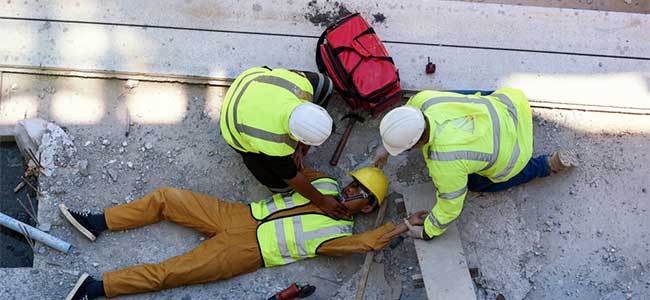
OSHA Launches National Emphasis Program on Falls
In 2021, falls to a lower level claimed the lives of 680 workers.
- By Alex Saurman
- May 03, 2023
In the last decade, hundreds of workers have lost their lives to falls every year and even more have been injured from these preventable incidents.
In 2021 alone, 680 workers died from falling to a lower level, according to the Bureau of Labor Statistics. To put this number in context, 5,190 workers suffered fatalities that year, meaning about one in 10 died from falls to a lower level. Though the number of lives lost to lower-level falls in 2021 was lower than it was in 2019, it’s the fourth-highest it’s been since 2014, per OSHA.
Per a news release, to lower the number of workers hurt and fatally injured from falls, OSHA recently launched a National Emphasis Program on fall prevention. "This national emphasis program aligns all of OSHA's fall protection resources to combat one of the most preventable and significant causes of workplace fatalities," said Assistant Secretary for Occupational Safety and Health Doug Parker in the news release.
When OSHA officers notice employees working at heights, under the program, they will have the right to open an inspection (which the area office management must approve of), OSHA said; and if no inspection is needed, “they will provide outreach on fall protection and leave the site.”
In addition, per the OSHA Instruction, Area Offices and Regions will be required to provide general outreach (not just to previously inspected sites) every quarter. These actions may include hosting seminars, distributing materials to certain companies, employers or other involved stakeholders and working with additional OSHA programs.
"We're launching this program in concert with the 10th annual National Safety Stand-Down to Prevent Falls in Construction and the industry's Safety Week. Working together, OSHA and employers in all industries can make lasting changes to improve worker safety and save lives,” Parker continued.
About the Author
Alex Saurman is a former Content Editor for Occupational Health & Safety,who has since joined OH&S’s client services team. She continues to work closely with OH&S’s editorial team and contributes to the magazine.